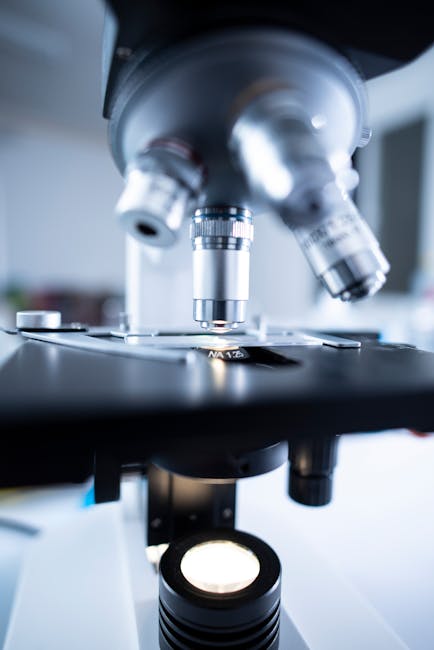
For centuries, ancient tombs whispered tales of curses, often associated with mysterious illnesses befalling those who dared disturb their dusty repose. While superstitions abounded, modern science has long pointed to microscopic culprits. Among them, a notorious fungus: Aspergillus flavus. Known primarily for producing dangerous aflatoxins and spoiling crops, this mold has been a villain in the biological world – until now.
In a stunning twist that defies its infamous reputation, researchers have unearthed a groundbreaking secret from Aspergillus flavus: a potent new compound showing incredible promise as a cancer drug. This discovery transforms a long-feared microorganism into an unlikely hero in the fight against one of humanity’s most relentless diseases.
The journey from ‘cursed tomb fungus’ to potential cancer cure began with diligent scientific inquiry. Rather than focusing solely on its toxic metabolites, a dedicated team of researchers explored the broader biochemical arsenal of Aspergillus flavus. Their efforts led to the isolation and identification of a novel compound, distinct from its notorious aflatoxin cousins, which exhibits remarkable anti-cancer properties in preclinical studies.
Early research indicates that this new molecule works by selectively targeting and inhibiting the growth of cancer cells, potentially offering a more precise and less toxic approach compared to conventional chemotherapy. Imagine a future where a fungus, once associated with decay and danger, provides the key to a healthier, cancer-free life. This isn’t just a scientific leap; it’s a paradigm shift in how we view the natural world’s potential for medicinal innovation.
While still in the nascent stages of drug development, this breakthrough opens exciting new avenues for oncology. It underscores the immense, untapped potential within microbial biodiversity, reminding us that even the most reviled organisms can harbor life-saving secrets. The tale of Aspergillus flavus is a powerful testament to curiosity, perseverance, and the often-surprising sources of medical miracles.
